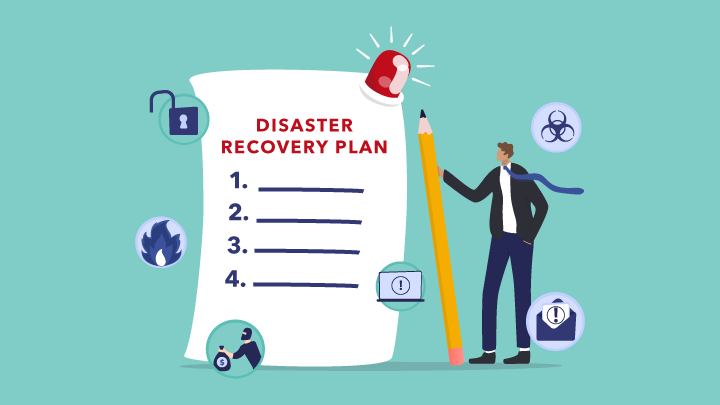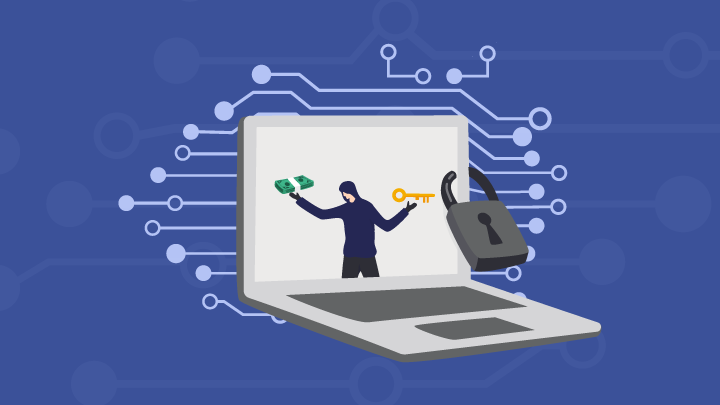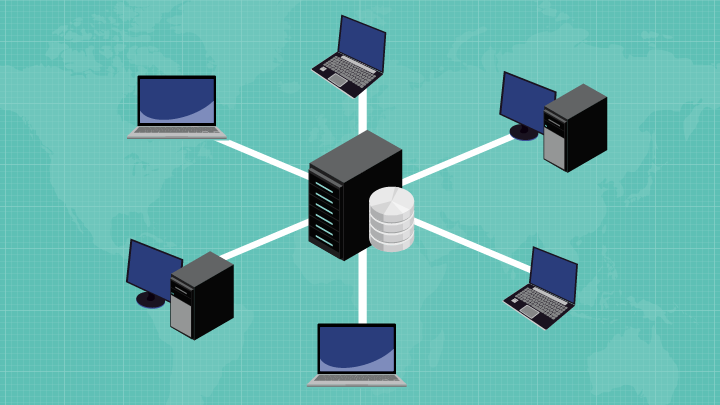Understanding Payment Card Industry Compliance

In today’s digital world, secure payment processing is essential for every business that handles credit card data.
It’s hurricane season. Is your business disaster-prepared?

In 2020, Hurricane Douglas served as a reminder of the physical vulnerabilities we face in Hawaiʻi. Every hurricane season—from June to November in the Central Pacific—we’re reminded to stock up on emergency supplies and revisit our family safety plans.
2022 SonicWall Cyber Threat Report: The industry takes stock of cyber attacks

Cybersecurity is front of mind for enterprises right now, with everyone on high alert trying to manage potential threats that carry major reputational and financial risks.
Why Cybersecurity Matters for Distributed Enterprises

As enterprises grow, so do their location counts. This results in a distributed enterprise, where a single organization is made up of several locations or branches, both physical and/or remote.
The Importance of the Managed Service Provider in IT Consolidation

We’ve seen a growing need for IT consolidation, or the simplification of the technology environment (software, hardware, and services). Most enterprise IT departments aim to create a seamless, integrated environment that avoids waste and strives for optimum utilization. This creates a more streamlined process of managing, updating, and tracking tools within the enterprise, while leveraging […]
